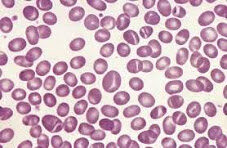What is Thalassaemia
Red blood cells contain haemoglobin, an iron-rich protein that carries oxygen from your lungs to all parts of your body.
Haemoglobin has two kinds of protein chains: alpha globin and beta globin. If your body does not make enough of these protein chains or if they are abnormal, red blood cells will not form correctly or carry enough oxygen. Your body will not work well if your red blood cells do not make enough healthy haemoglobin. Genes control how the body makes haemoglobin protein chains. When these genes are missing or altered, thalassemias occur.
Why should you test for Thalassaemia ?
Thalassaemia is the most common genetic disease in the world.
In Asia, up to 1 in 7 people are estimated to be carriers.
Most carriers may not even know that they have Thalassaemia.
Usually a carrier will have mild anaemia and smaller than usual red blood cells.
How is Thalassaemia Inherited: one parent is a carrier
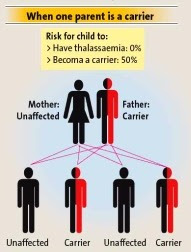
Signs & Symptoms of Thalassaemia Major
Children with Thalassaemia major appear healthy at birth.
Within the first two years of life, they become pale, listless, fussy and have a poor response.
They grow slowly, and often develop jaundice.
Without treatment, the liver, spleen, and heart soon become enlarged. The bones become thin and brittle.
The face bones become distorted.
Heart failure and infection are the leading causes of death.
Thalasaemia Major
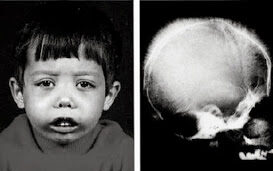
Alpha Thalassaemia : The Genetics
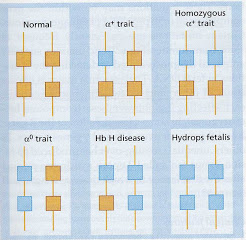
More severe form of Alpha Thal : HbH disease
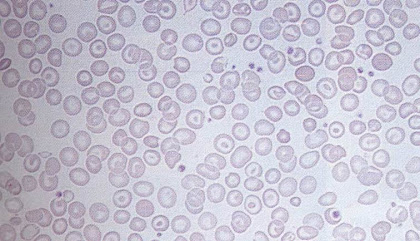
How do one get Thalassaemia
Thalassaemias are inherited disorders - they are passed from parents to children through the genes.
People who get faulty haemoglobin genes from one parent but normal genes from the other are called carriers. Carriers often have no signs of illness other than mild anaemia. However, they can pass the faulty genes on to their children.
People who have moderate to severe forms of thalassaemia have inherited faulty genes from both parents.
World Thalassaemia Distribution
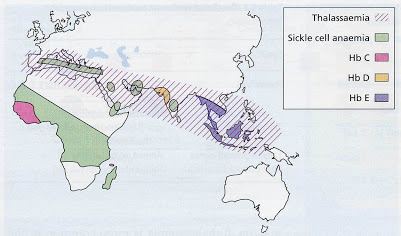
How is Thalassaemia Inherited : 2 parents are carriers
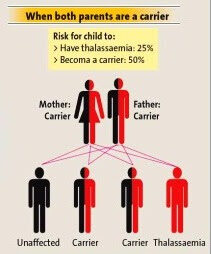
Treatment of Thalassaemia Major
Patients with Thalassaemia Major are dependent on blood transfusion throughout their lives.
The frequency of blood transfusion is 3-4 weekly.
In addition, they need treatment to remove excess iron from their body ( iron chelation )
Patients with a suitable marrow donor should consider stem cell transplantation to cure the disease.
Splenectomy may be necessary sometime during their lives when blood transfusion becomes too frequent.
Thalassaemia Major
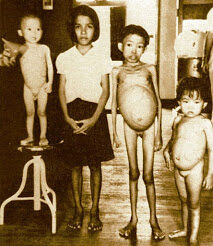
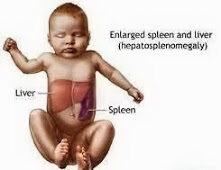
|
Αlpha Thalassaemia Type |
Gene |
Transfusion |
|
Silent carrier (1 gene deletion) |
-α/αα |
Not required |
|
α thalassaemia trait (2 gene deletion) |
-α/-α or --/αα |
Not required |
|
Hb H disease (3 gene deletion) |
--/-α |
Occasionally required |
|
Hb H + Constant Spring (2 gene deletion & Hb Constant Spring) |
--/ααcs |
Occasionally required |
|
Hydrops fetalis (4 gene deletion) |
--/-- |
|
Haemoglobin E
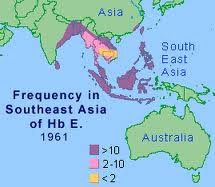
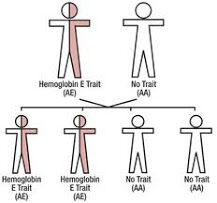

Normal Red Blood Cells
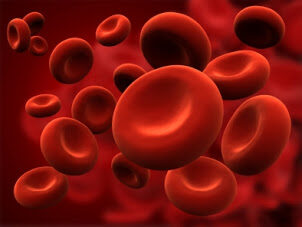
Red blood cells of a Thalassaemic
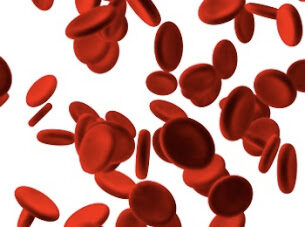
The Malaysian Statistics
|
βeta Thalassaemia Type |
Gene (β0 or β+) (point mutation) |
Transfusion |
|
β-Thalassaemia trait / Thalassaemia minor |
βA/β+ or βA/β0 |
Not required |
|
β-Thalassaemia major |
β0/β0 or β0/β+ or β+/β+ |
Transfusion dependent |
|
β Thalassaemia intermedia |
β0/β0 or β0/β+ or β+/β+ |
Not transfusion dependent |
|
Compound heterozygotes: Hb Eβ Thal or Hb Sβ Thal |
|
variable |
What is Thalassaemia Major
If 2 carriers have a child, there is a 1 in 4 chance that the child has Thalassaemia Major.
These cases require major treatments such as blood transfusions for life, bone marrow transplants and drugs. Children may have stunted growth.
Left untreated, Thalassaemia Major can result in heart failure, bone changes, spleen and liver enlargement and early death.
Treatment for Thalassaemia Major
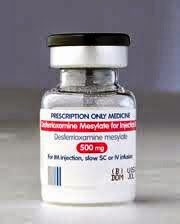
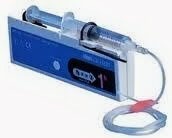
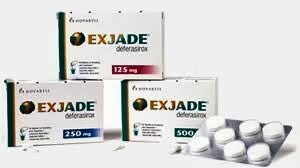
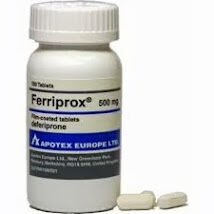
Splenectomy : sometimes required
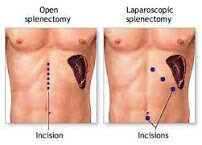
A Patient's Story
SEAHO : Oval-Shaped Haemoglobin
